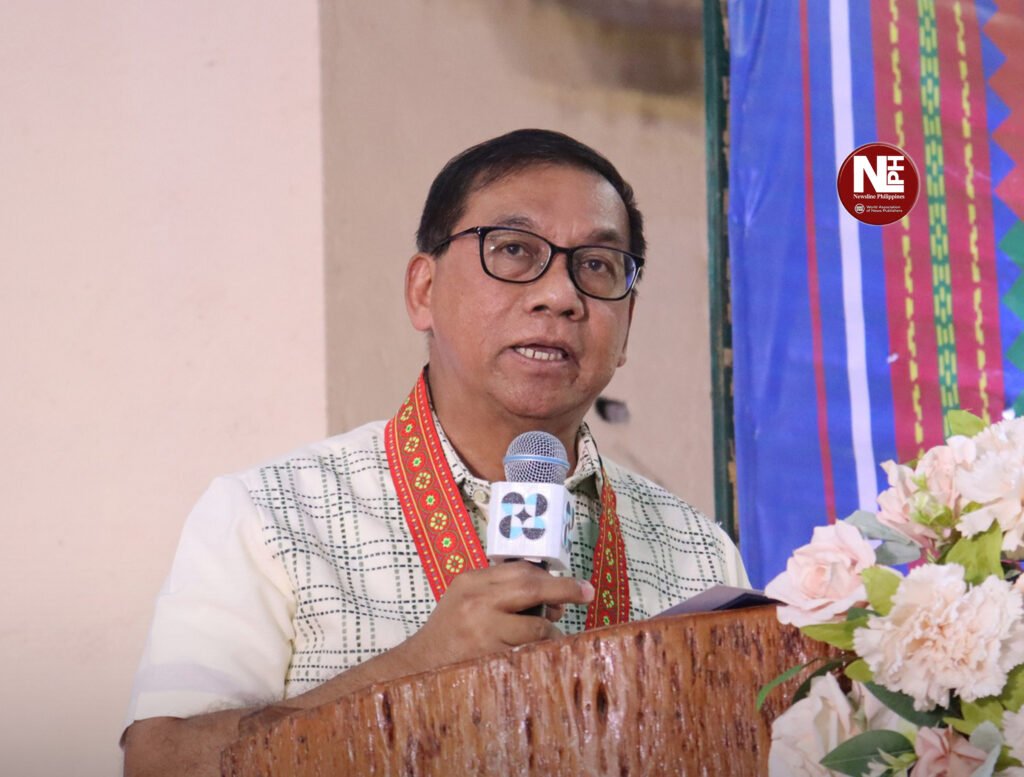
MANILA (October 13) — If it feels like earthquakes are happening more often lately, that’s because they are — or at least, people are noticing them more. The Department of Science and Technology (DOST) said Sunday the country experiences an average of 30 tremors every day, most of which are too weak to be felt but are closely monitored by instruments across the archipelago.
“Meron namang pagkakataon na nagkasunod-sunod ‘yung malalaking mga lindol,” said DOST Secretary Renato Solidum Jr.. “Although siyempre ngayon, sa dami ng ating instrumento na nakapaligid sa Pilipinas at being aware na through social media, talagang madaling malaman ng ating mga kababayan ‘yung nangyayari sa iba’t ibang lugar.”
(“There have been instances when there were big earthquakes that occurred one after the other. Although of course now, with the many instruments around the country and with social media, it is easy for our countrymen to find out what is happening in other areas.”)
A country built on faults
The Philippines sits on the Pacific Ring of Fire, a horseshoe-shaped zone known for intense seismic and volcanic activity. This location makes the country one of the most earthquake-prone in the world, with several active fault lines and trenches capable of generating strong ground shaking.
The Philippine Institute of Volcanology and Seismology (Phivolcs), an agency under DOST, operates a dense network of seismic stations nationwide to detect both major and minor tremors. Many of the 30 daily earthquakes go unnoticed by residents but are logged automatically by sensors.
More quakes, more awareness
Solidum explained that while multiple strong earthquakes in a short period may seem alarming, such sequences have happened before. What makes them more visible now is improved monitoring technology and the speed of information flow online.
“With more instruments and social media, people get real-time information. Earthquakes that used to be detected quietly by scientists are now on everyone’s feed within minutes,” he said.
In recent days, a series of strong quakes — including the powerful tremor that shook Mindanao — has heightened public anxiety. Experts say this clustering of events doesn’t necessarily mean a bigger earthquake is coming, but it’s a timely reminder for communities to stay prepared.
Preparedness saves lives
Authorities have repeatedly urged the public to participate in regular earthquake drills and to know evacuation routes. “Preparedness is key,” Solidum stressed. “We can’t prevent earthquakes, but we can reduce their impact if people know what to do before, during, and after one.”
Phivolcs also advises households and schools to conduct their own earthquake safety checks — securing heavy furniture, creating go-bags, and identifying safe spots indoors.
The bottom line
Earthquakes are a daily reality in the Philippines. Most will pass unnoticed, but some can change lives in seconds. Scientists say the best way to face this natural hazard is not through fear, but through vigilance, preparedness, and timely information.

